Andreas Gursky’s new exhibition brings abstraction into crystal-clear focus
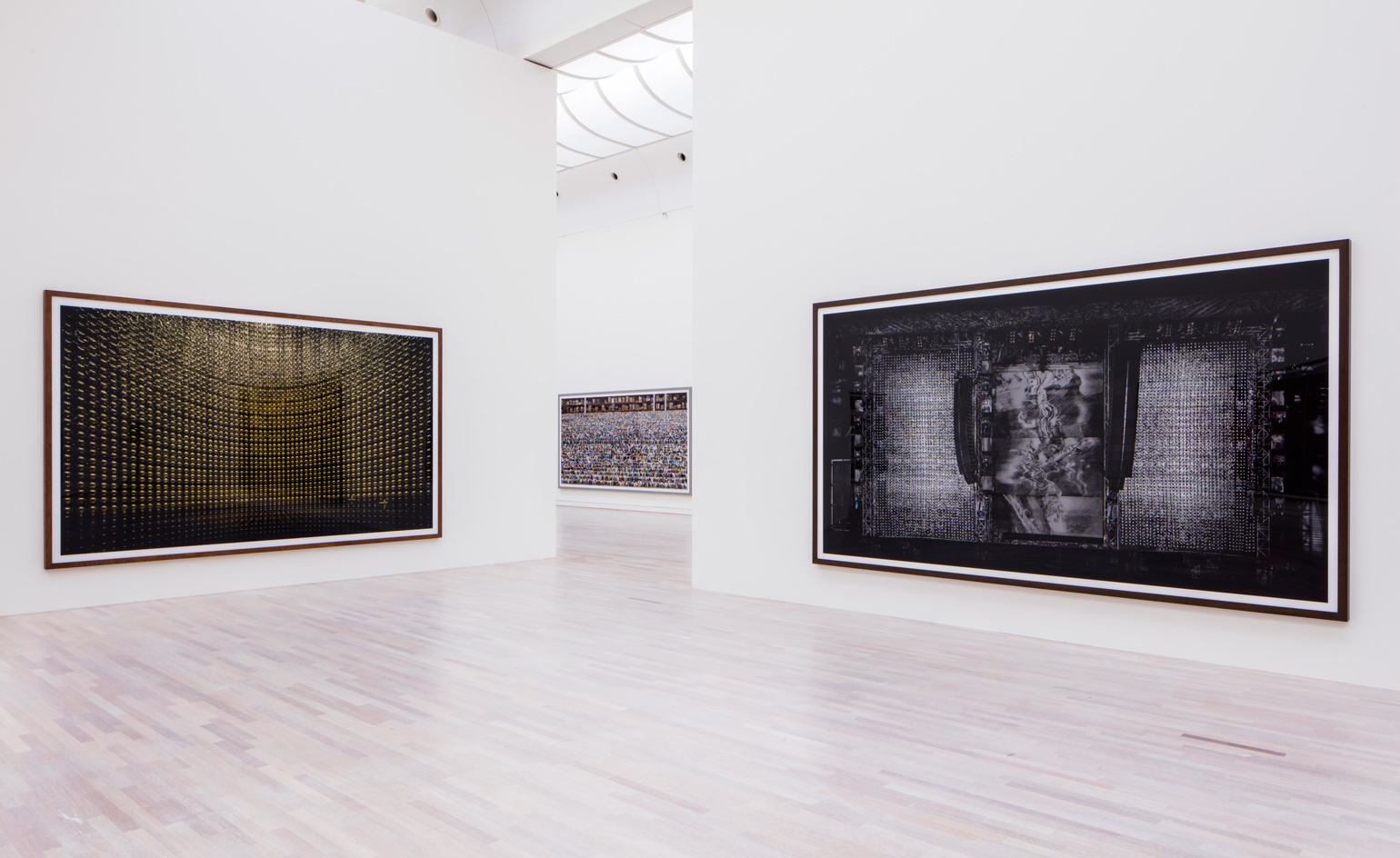
There’s a touch of cheek in the subtitle – ‘not abstract’ – of German photographer Andreas Gursky’s latest exhibition. On view at Kunstsammlung Nordrhein-Westfalen’s K20 gallery in Düsseldorf, the show presents a collection new images alongside earlier works exploring photographic abstracting, including a print of Rhein II, (1999), the most expensive photograph ever sold.
In contrast to his 2012 showing in Düsseldorf, an expansive retrospective at Museum Kunstpalast, this exhibition comprises just 20-odd large-scale photographs that form a dialogue with the gallery’s existing collection. The K20 show finally realises an idea Gursky has been discussing with curator and Kunstsammlung NRW director Marion Ackermann closely for a long time.
The most striking works are his new photographs of temples of voracious consumption created especially for the show. In one image, an Amazon warehouse springs to life as a mecca of modern industry, a sea of packages swarming the frame. It’s a violently chaotic affair, and yet, there is rigid order in Gursky’s formal compositions that call to mind paintings by the Old Masters. Elsewhere, there’s calm to be found in his aerial photographs of immaculately preened tulip fields, which offer a soothing respite of light, texture and colour.
Gursky’s photographs are accompanied by a minimalist sound installation by the English/Canadian producer and DJ Richie Hawtin. Entitled Concept 1, it was first released in Hawtin in 1996 as ‘a series of minimalistic tracks that pursue ideas concerning rhythmic abstractness in music’. Here, it forms an aural backdrop of musical grids and repetitions to Gursky’s pictorial abstractions.
On the one hand, the images are rendered with such obsessive detail that they devolve into abstracts when gazed upon. Nevertheless, the images are never completely abstracted, explains Gursky, as they are bound to the objects they depict.
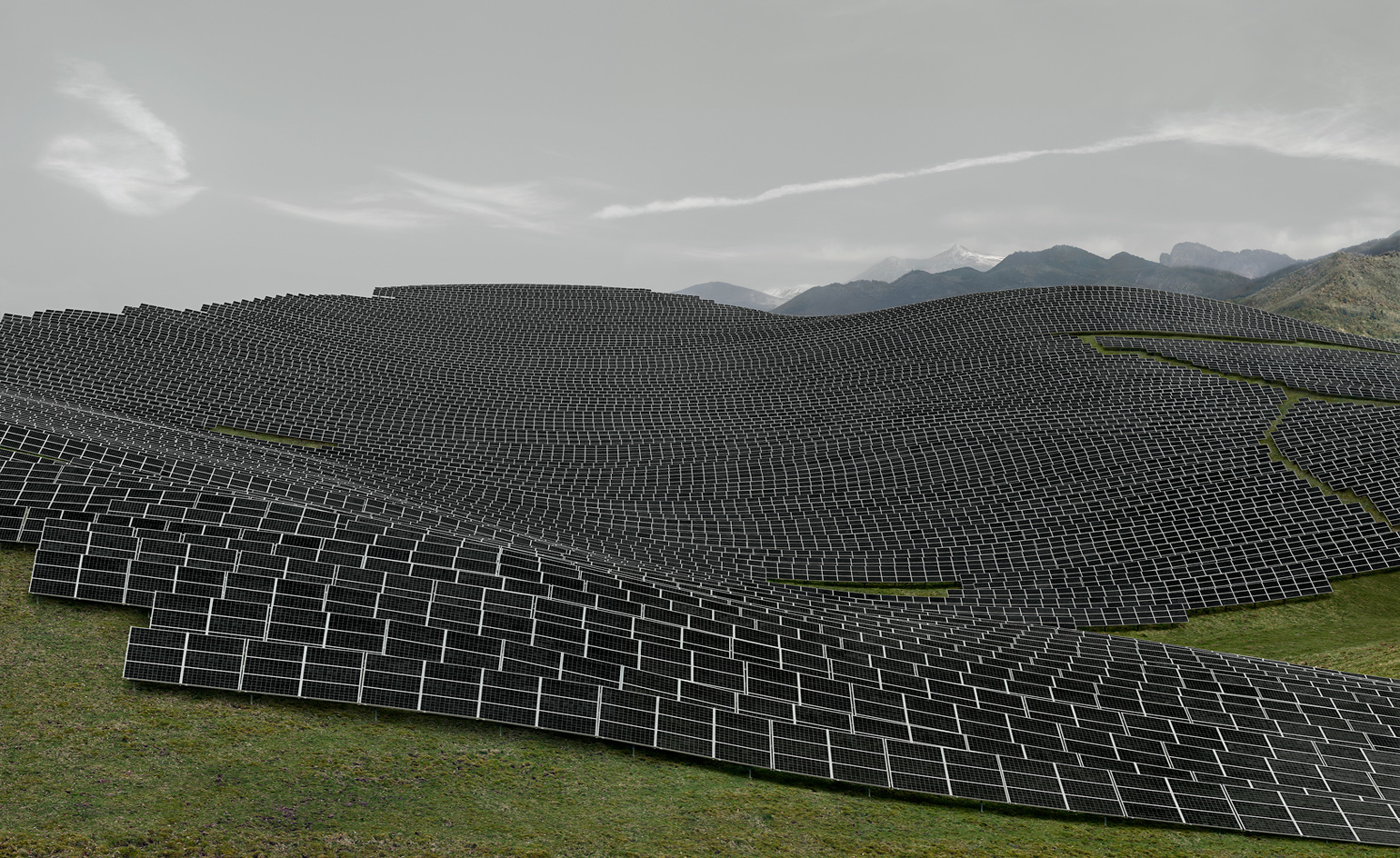
The show, subtitled ’not abstract’, explores abstraction in the photographic medium through themes of mass industry. Pictured: Les Mées, 2016. © Andreas Gursky, VG Bild-Kunst, Bonn 2016. Courtesy of Sprüth Magers

Untitled XX, 2016. © Andreas Gursky, VG Bild-Kunst, Bonn 2016. Courtesy of Sprüth Magers
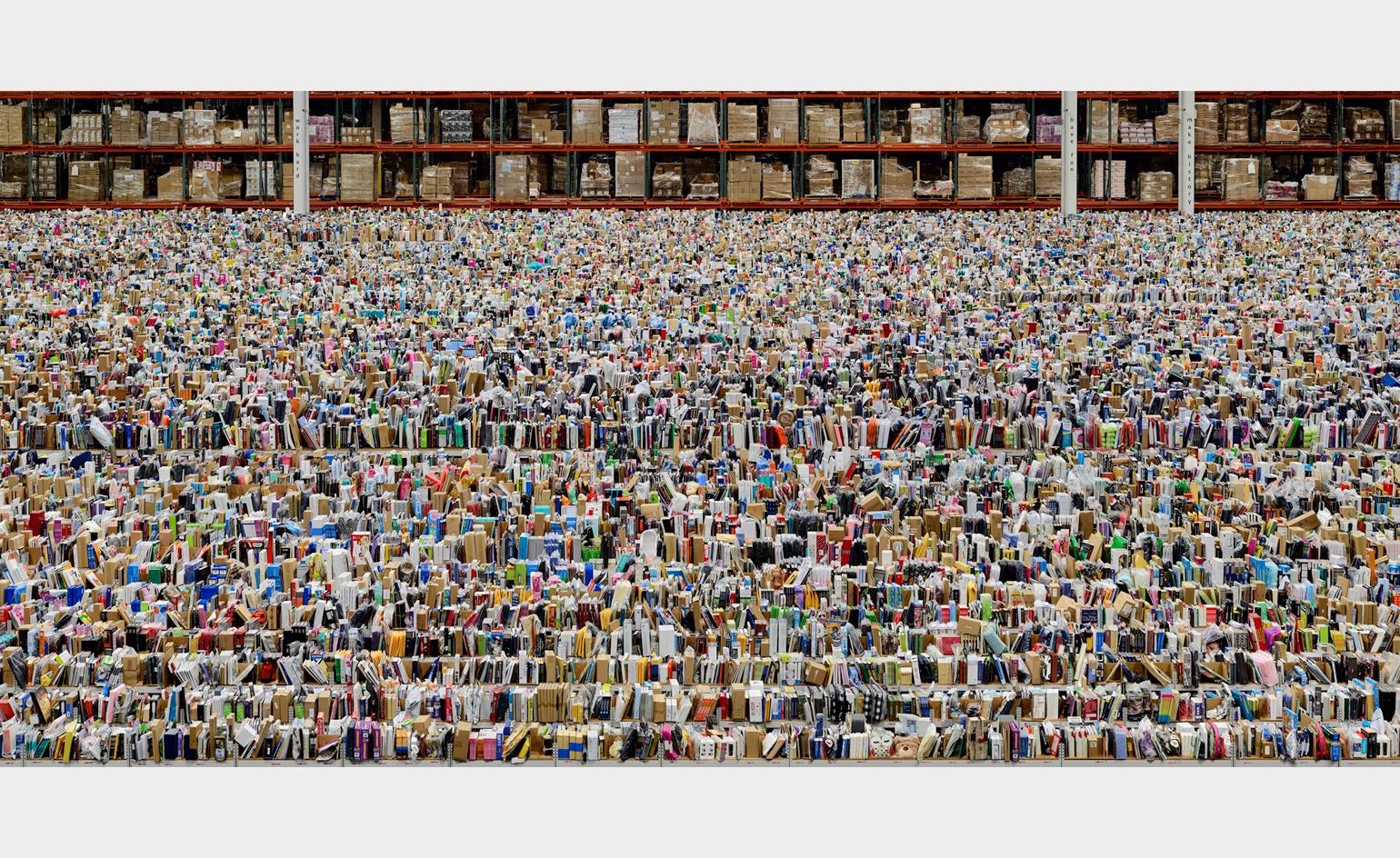
In one image, an Amazon warehouse springs to life as a mecca of modern industry, a sea of packages swarming the frame. © Andreas Gursky, VG Bild-Kunst, Bonn 2016. Courtesy of Sprüth Magers
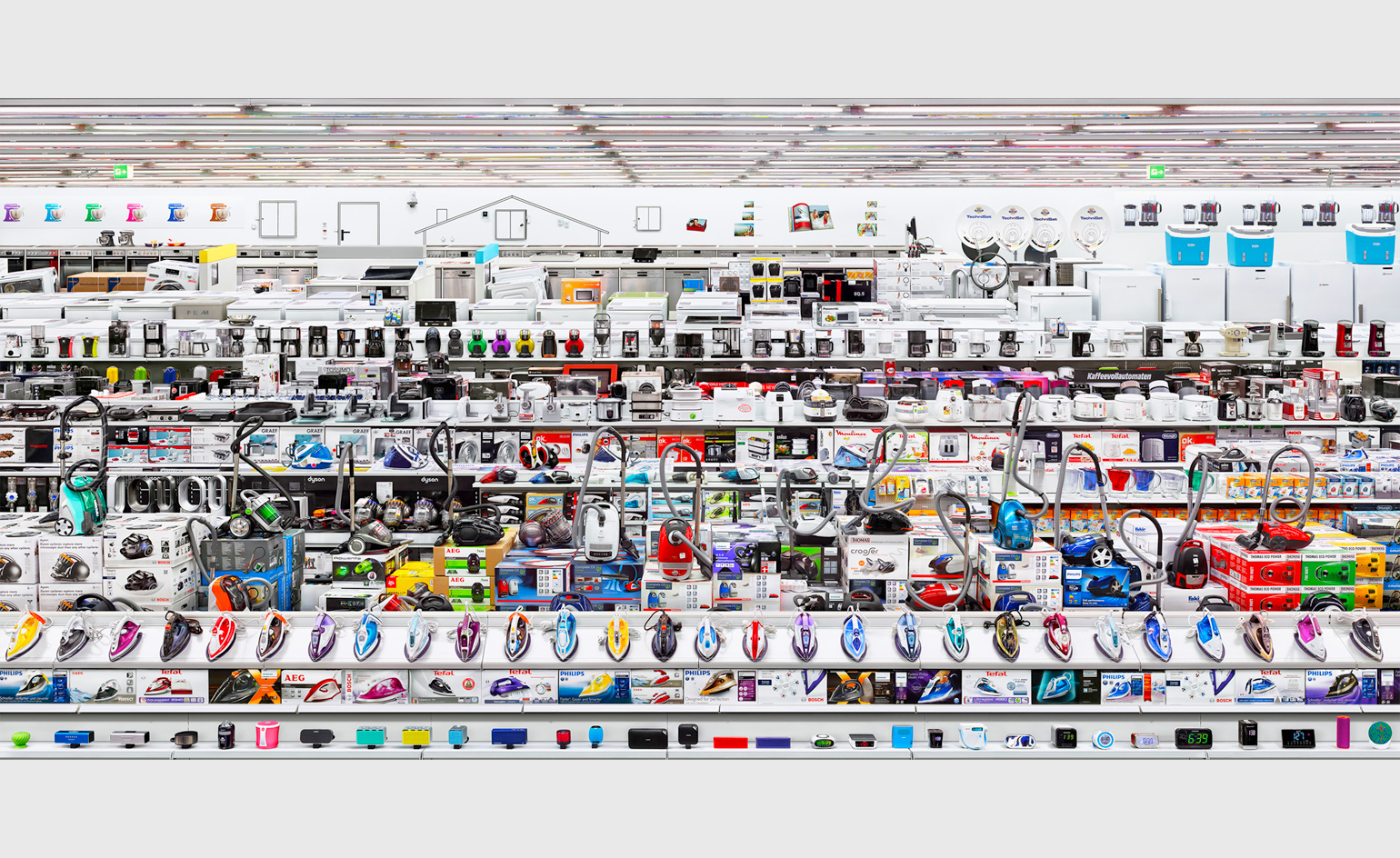
Mediamarkt, 2016. © Andreas Gursky, VG Bild-Kunst, Bonn 2016. Courtesy of Sprüth Magers
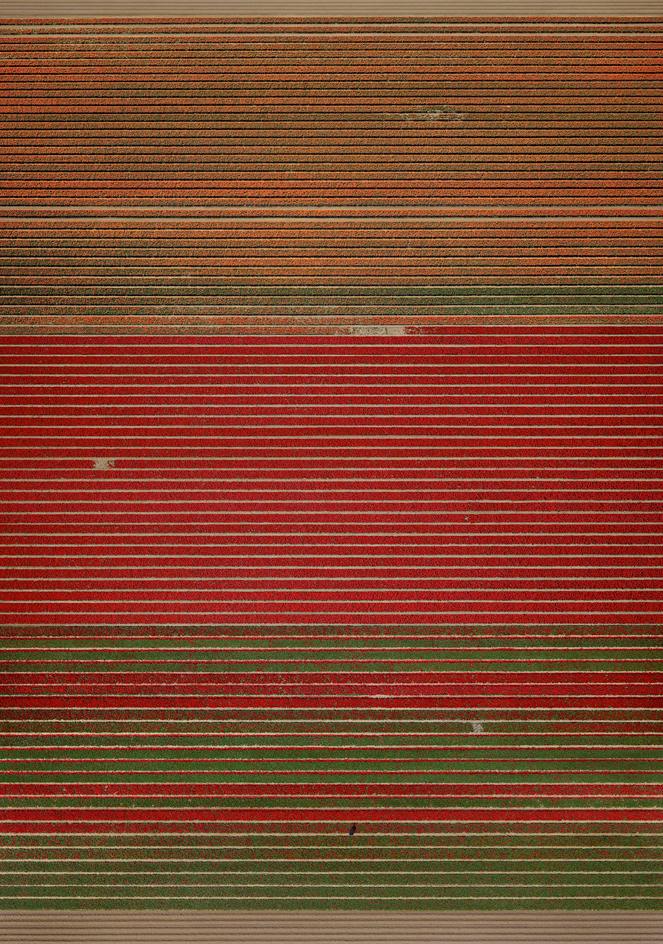
Ohne Titel XVIII, 2015. © Andreas Gursky, VG Bild-Kunst, Bonn 2016. Courtesy of Sprüth Magers
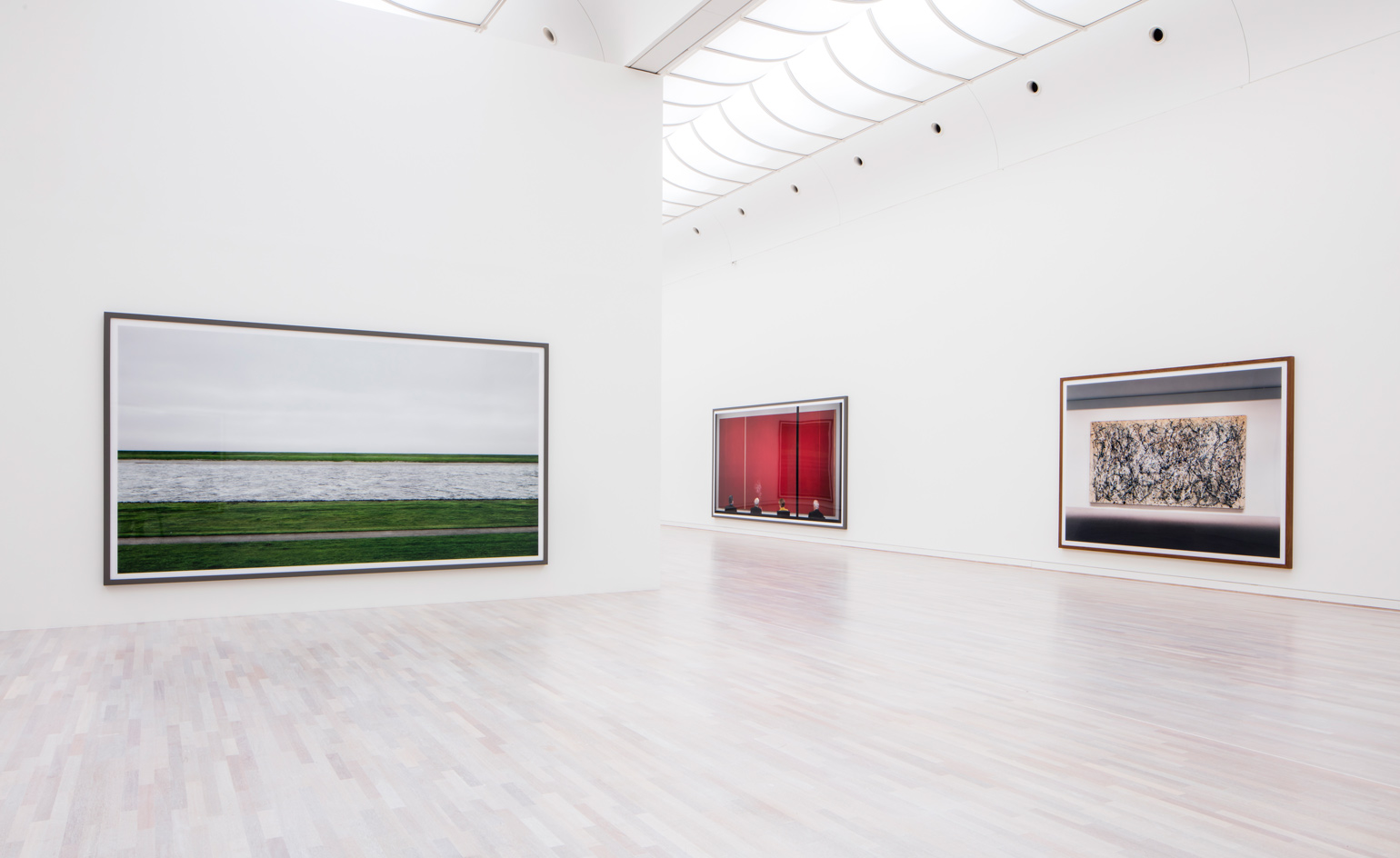
Among the works on show, an edition of the most expensive photograph ever sold – Gursky’s Rhein II, 1999. © Kunstsammlung NRW

Ohne Titel VI, 1997. © Andreas Gursky, VG Bild-Kunst, Bonn 2016. Courtesy of Sprüth Magers
INFORMATION
‘Andreas Gursky – not abstract’ is on view until 6 November 2016
Also see Andreas Gursky's artist recipe for Wallaper*
ADDRESS
K20
Stadtbezirk 1
Grabbeplatze 5
40213 Düsseldorf
Germany
Wallpaper* Newsletter
Receive our daily digest of inspiration, escapism and design stories from around the world direct to your inbox.
-
 Tour the best contemporary tea houses around the world
Tour the best contemporary tea houses around the worldCelebrate the world’s most unique tea houses, from Melbourne to Stockholm, with a new book by Wallpaper’s Léa Teuscher
By Léa Teuscher
-
 ‘Humour is foundational’: artist Ella Kruglyanskaya on painting as a ‘highly questionable’ pursuit
‘Humour is foundational’: artist Ella Kruglyanskaya on painting as a ‘highly questionable’ pursuitElla Kruglyanskaya’s exhibition, ‘Shadows’ at Thomas Dane Gallery, is the first in a series of three this year, with openings in Basel and New York to follow
By Hannah Silver
-
 Australian bathhouse ‘About Time’ bridges softness and brutalism
Australian bathhouse ‘About Time’ bridges softness and brutalism‘About Time’, an Australian bathhouse designed by Goss Studio, balances brutalist architecture and the softness of natural patina in a Japanese-inspired wellness hub
By Ellie Stathaki
-
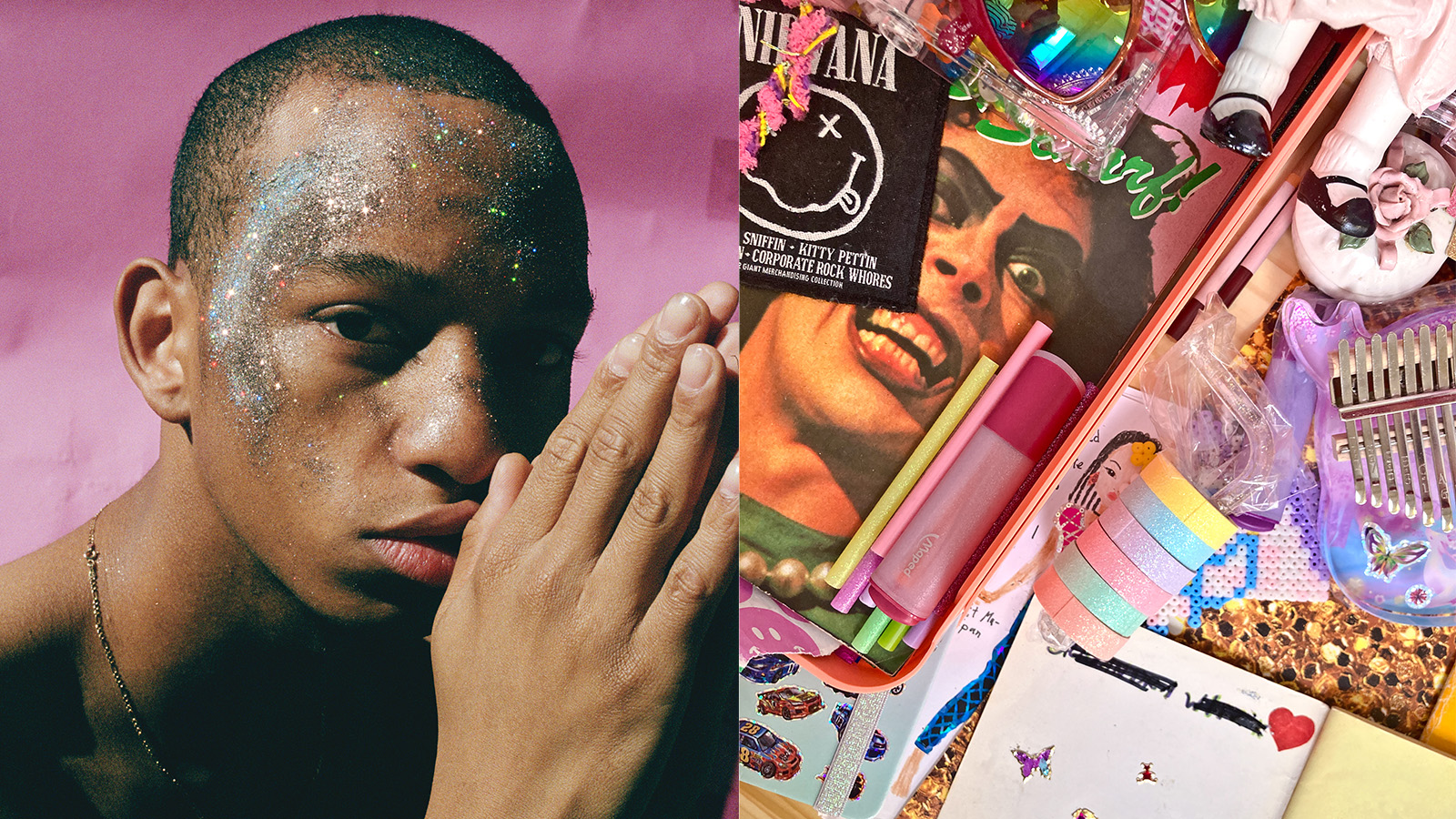 MK&G’s ‘Glitter’ exhibition: a brilliant world-first tribute to sparkle and spectacle
MK&G’s ‘Glitter’ exhibition: a brilliant world-first tribute to sparkle and spectacleMK&G’s latest exhibition is a vibrant flurry of sparkles and glitter with a rippling Y2K undercurrent, proving that 'Glitter is so much more than you think it is'
By Hiba Alobaydi
-
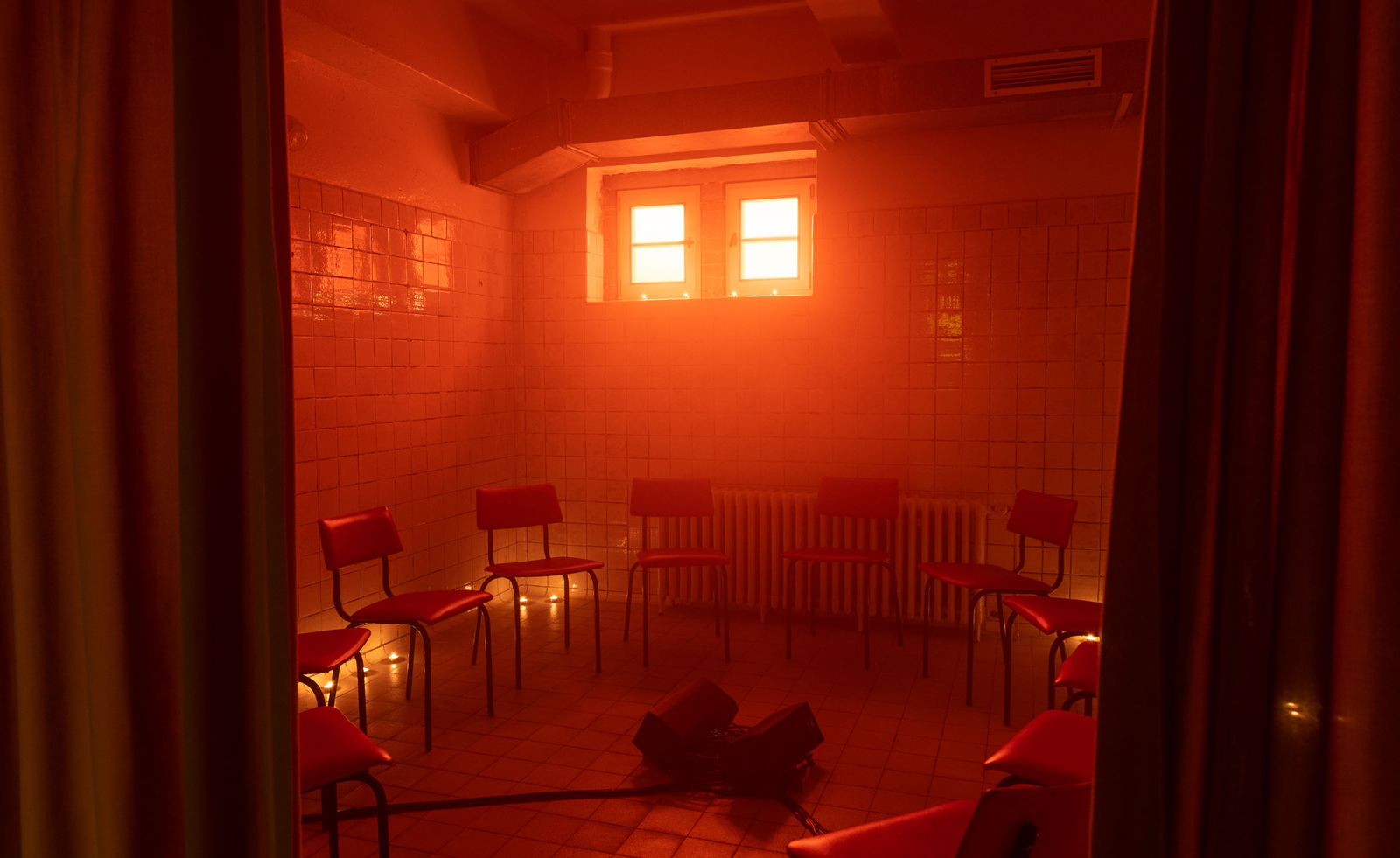 Inside E-WERK Luckenwalde’s ‘Tell Them I Said No’, an art festival at Berlin's former power station
Inside E-WERK Luckenwalde’s ‘Tell Them I Said No’, an art festival at Berlin's former power stationE-WERK Luckenwalde’s two-day art festival was an eclectic mix of performance, workshops, and discussion. Will Jennings reports
By Will Jennings
-
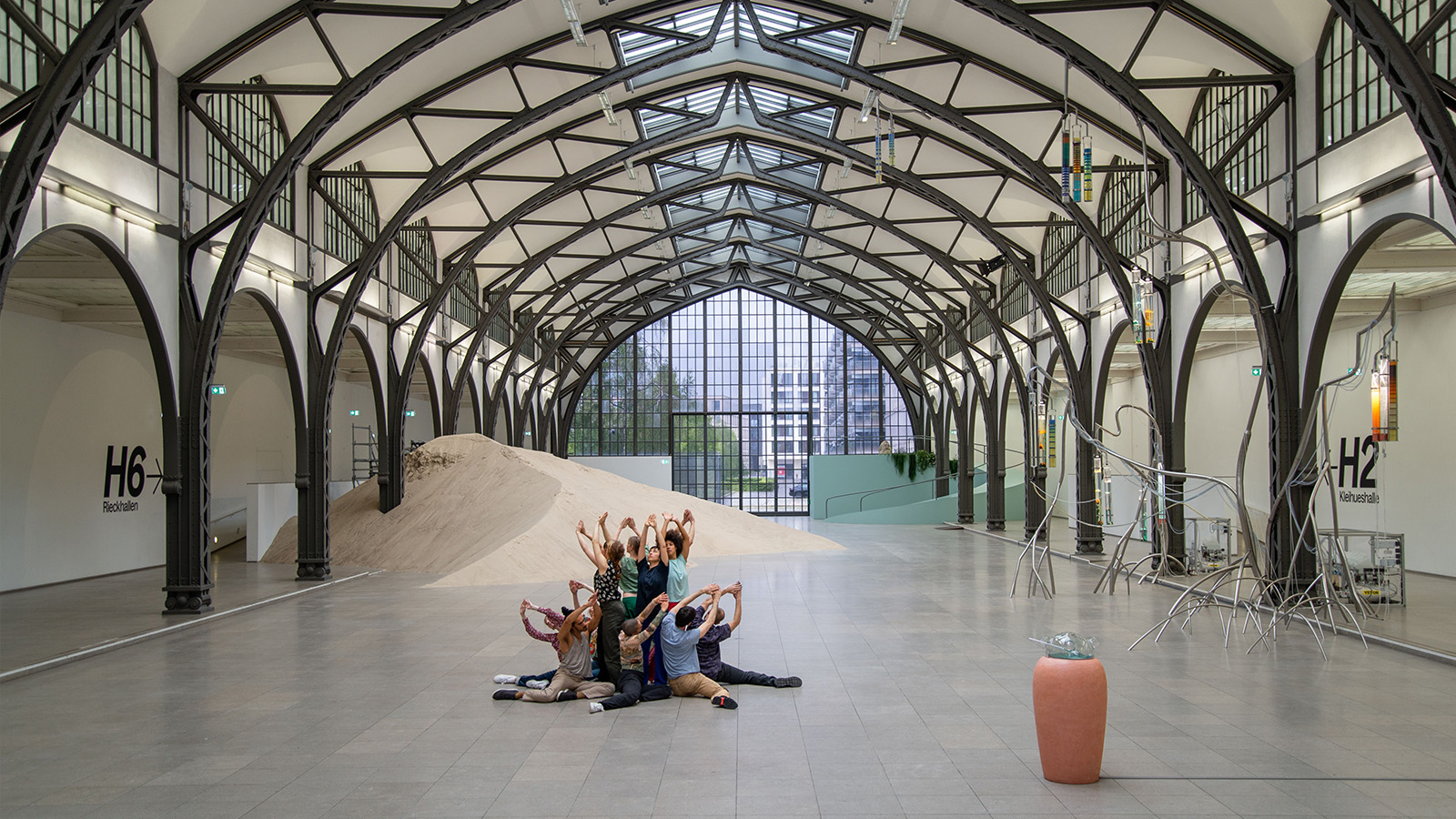 Alexandra Pirici’s action performance in Berlin is playfully abstract with a desire to address urgent political questions
Alexandra Pirici’s action performance in Berlin is playfully abstract with a desire to address urgent political questionsArtist and choreographer Alexandra Pirici transforms the historic hall of Berlin’s Hamburger Bahnhof into a live action performance and site-specific installation
By Alison Hugill
-
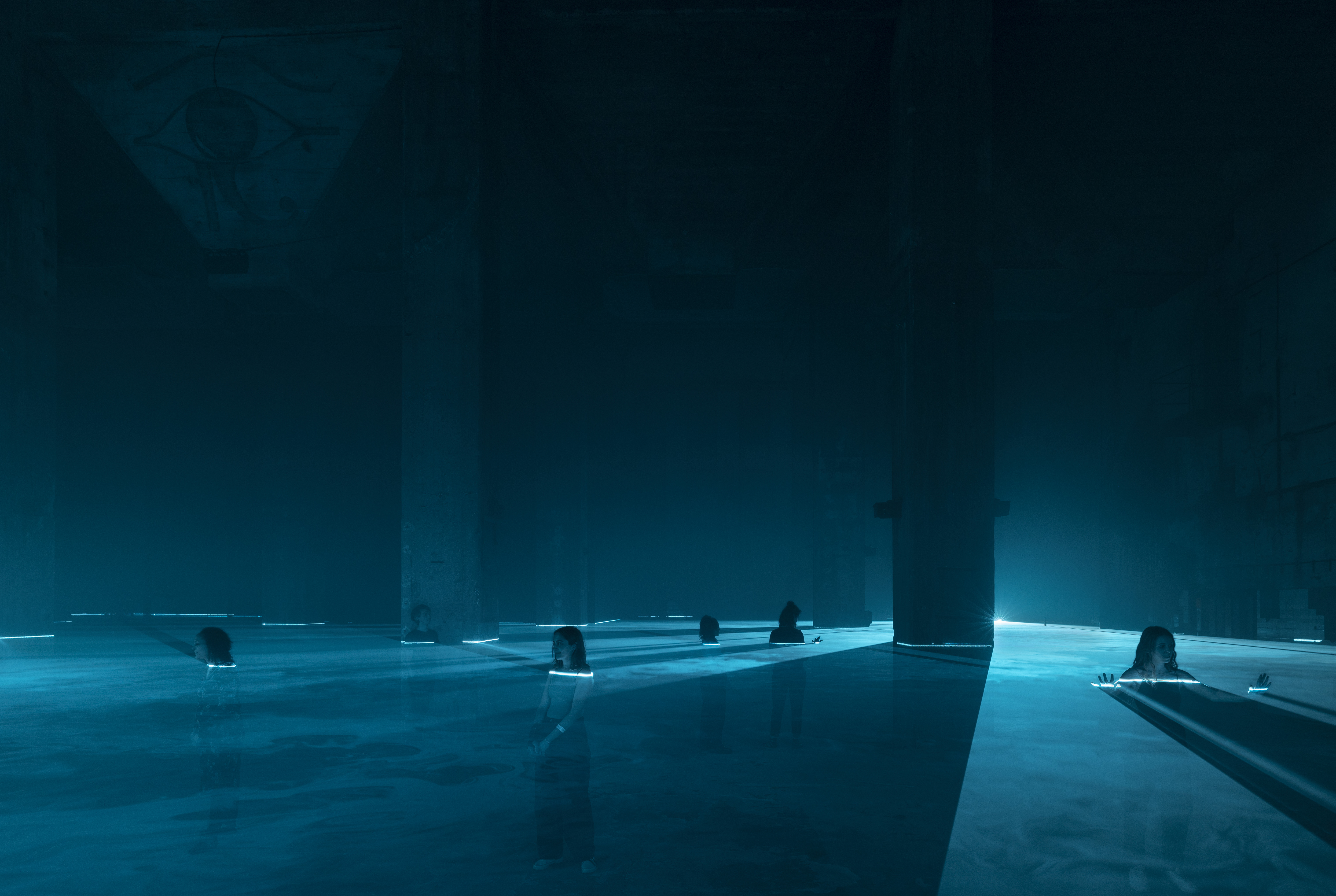 Artist Ian Cheng explores the technological and aesthetic potential of AI
Artist Ian Cheng explores the technological and aesthetic potential of AIIn Berlin’s cavernous Halle am Berghain, New York-based artist Ian Cheng plunges viewers into an immersive world of AI and existential anime in ‘Life After BOB’
By Will Jennings
-
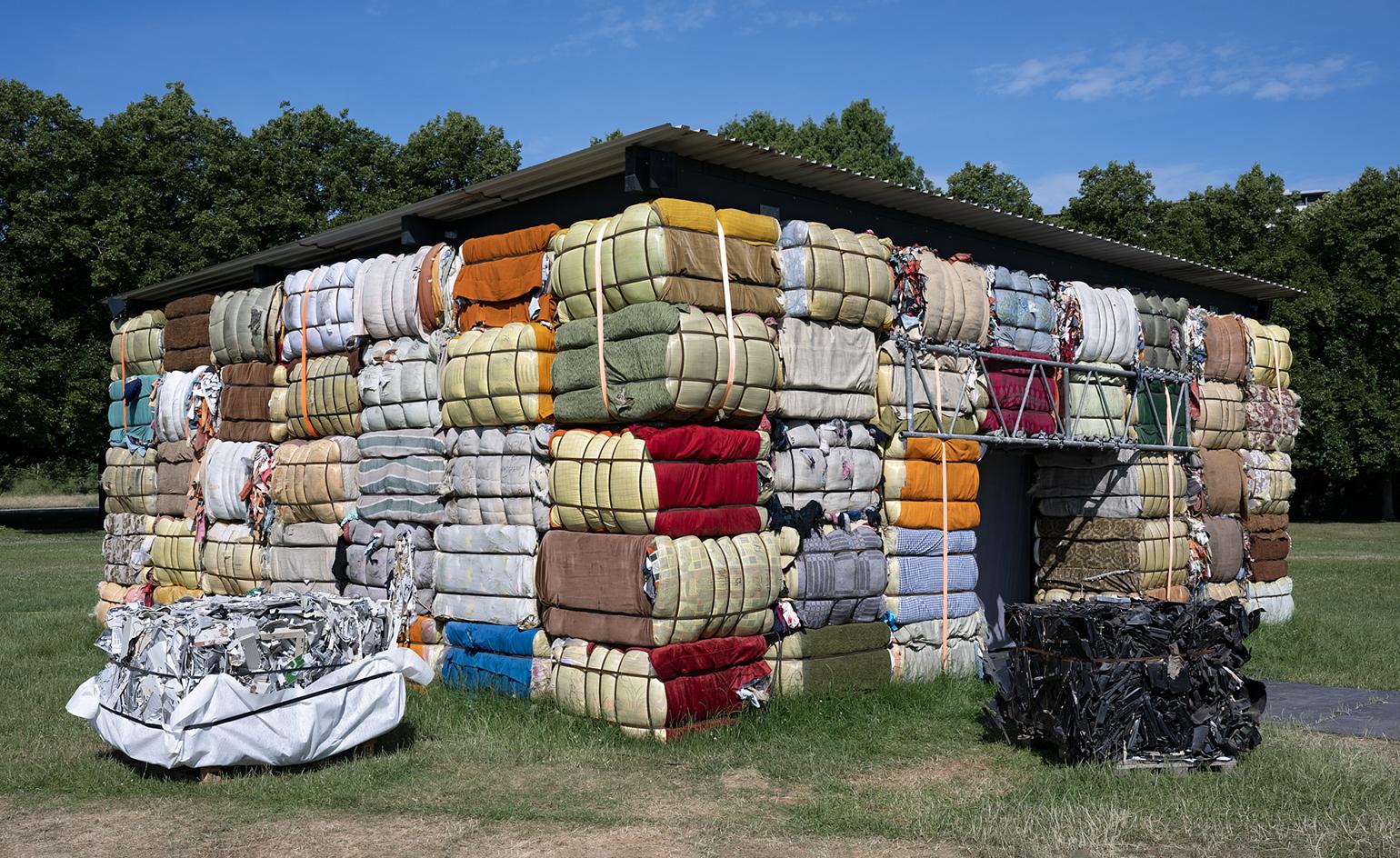 Documenta 15 review: social practice, controversy and food for thought
Documenta 15 review: social practice, controversy and food for thoughtMired in evolving controversy, Documenta 15 has raised critical questions about transparency, accountability and creative freedom. Emily McDermott travels to Kassel to explore how an edition filled with social practice art urges active participation and throws global power structures into sharp relief
By Emily McDermott
-
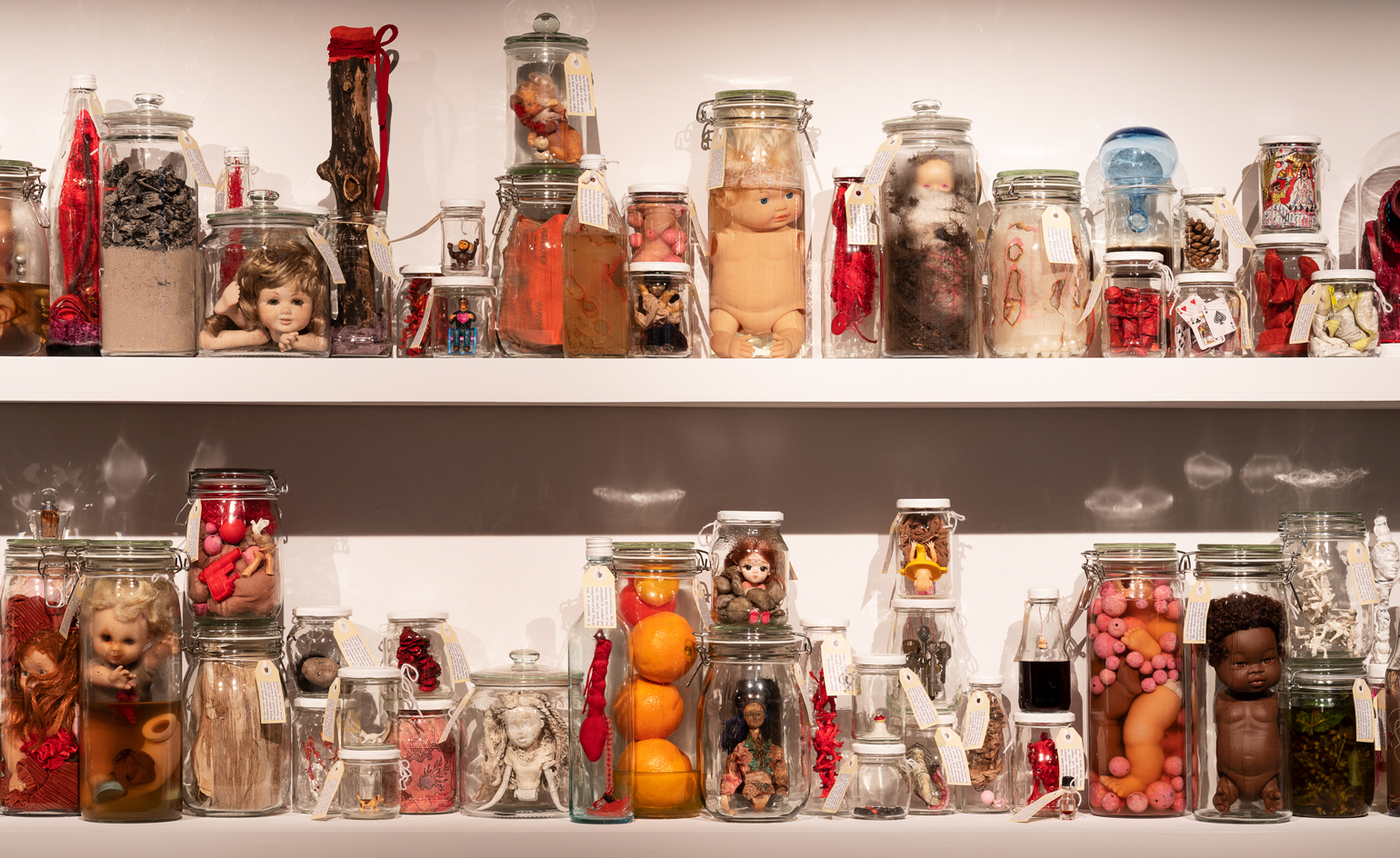 12th Berlin Biennale review: a fiercely political exploration of reparation and modern angst
12th Berlin Biennale review: a fiercely political exploration of reparation and modern angstAs the Berlin Art Week festivities enter full swing (14-18 September) it's the last chance to see the 12th Berlin Biennale curated by Kader Attia. It tells a poignant, sometimes-crushing story of globally interconnected histories and the angst of modernity
By Hili Perlson
-
 Artist Jakob Kudsk Steensen on how VR can bring us closer to nature
Artist Jakob Kudsk Steensen on how VR can bring us closer to natureDanish artist Jakob Kudsk Steensen leverages virtual reality technologies to reorient our relationship with the natural world.
By TF Chan
-
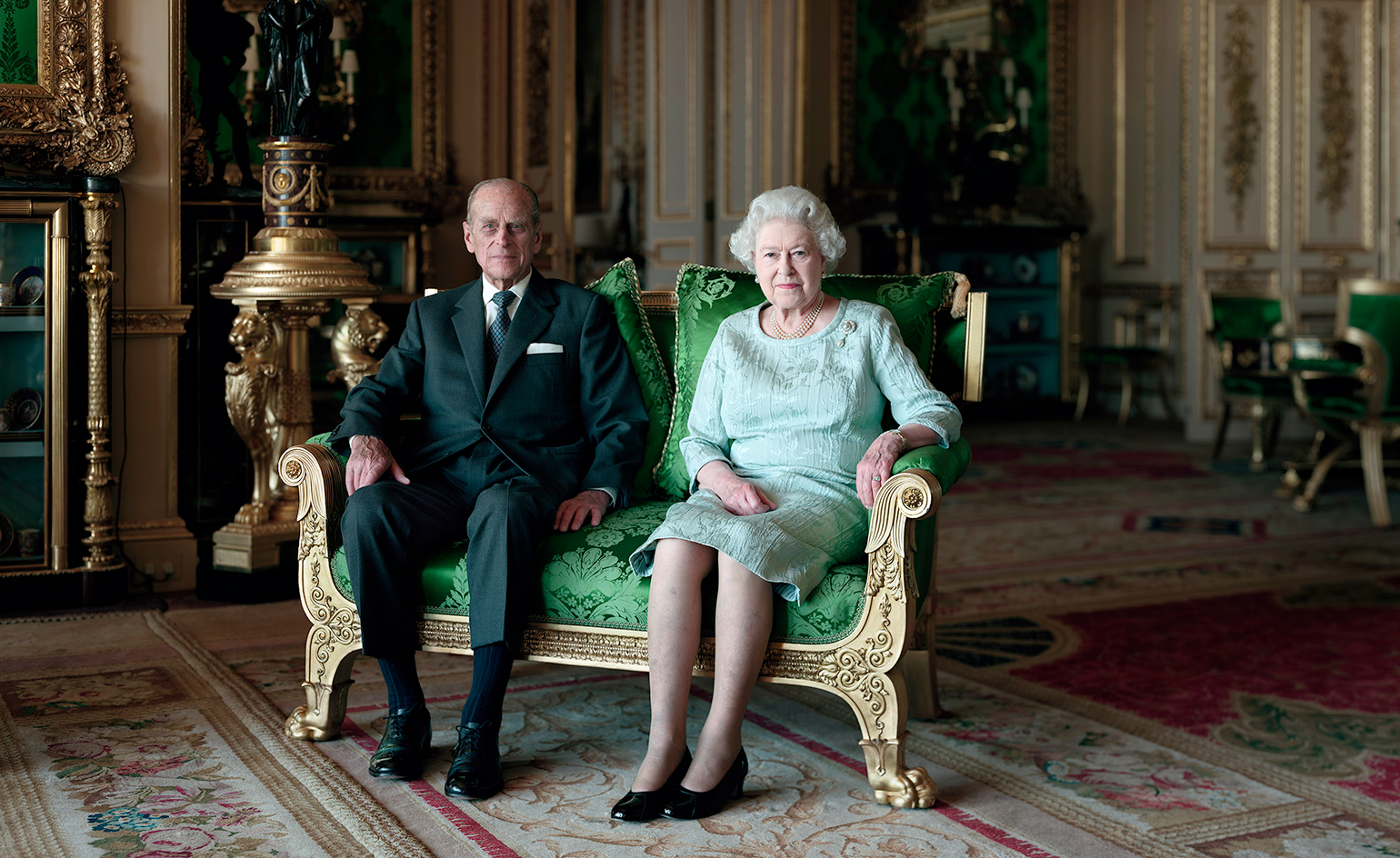 Thomas Struth on the day he photographed the Queen and Prince Philip: ‘It was an experiment’
Thomas Struth on the day he photographed the Queen and Prince Philip: ‘It was an experiment’To mark the Queen’s Platinum Jubilee, German artist Thomas Struth looks back on the moment he created a portrait of Queen Elizabeth II and Prince Philip: ‘It’s an exotic part of my oeuvre because of who they are’
By Harriet Lloyd Smith